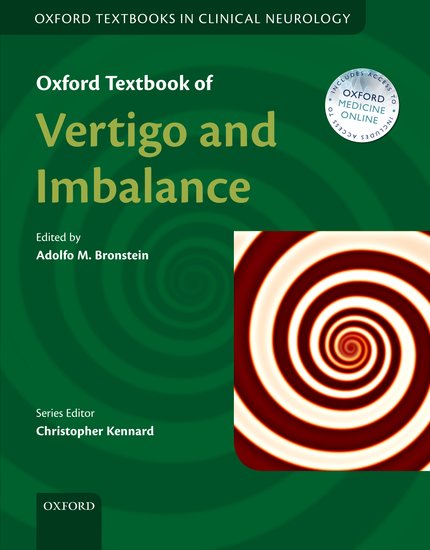Authors:
Marianne
Dieterich 1 and Thomas
Brandt 2
1 Department
of Neurology, Johannes Gutenberg-University of Mainz, Mainz and
2 Department
of Neurology, Ludwig-Maximilians
University of Munich, Munich,Germany
Correspondence
to: Prof. Marianne Dieterich, MD, Department of Neurology, Johannes
Gutenberg-University of Mainz, Langenbeckstrasse1,
55131Mainz,Germany
E-mail:
dieterich@neurologie.klinik.uni-mainz.de
This
review summarizes our current knowledge of multisensory vestibular structures
and their functions in
humans.
Most of it derives from brain activation studies with PET and fMRI conducted
over the last decade.
The
patterns of activations and deactivations during caloric and galvanic
vestibular stimulations in healthy
subjects
have been compared with those in patients with acute and chronic peripheral and
central vestibular
disorders.
Major findings are the following:
(1) In patients with vestibular neuritis the
central vestibular system exhibits
a spontaneous visual-vestibular activation^deactivation pattern similar to that
described in healthy volunteers
during unilateral vestibular stimulation.
In the acute stage of the disease
regional cerebral glucose metabolism
(rCGM) increases in the multisensory vestibular cortical and subcortical areas,
but simultaneously it
significantly decreases in the visual and somatosensory cortex areas.
(2) In
patients with bilateral vestibular failure
the activation^deactivation pattern during vestibular caloric stimulation shows
a decrease of activations and
deactivations.
(3) Patients with lesions of the vestibular nuclei due to
Wallenberg’s syndrome show no activation
or significantly reduced activation in the contralateral hemisphere during
caloric irrigation of the ear
ipsilateral to the lesioned side, but the activation pattern in the ipsilateral
hemisphere appears ‘normal’.
These
findings indicate that there are bilateral ascending vestibular pathways from
the vestibular nuclei to the
vestibular
cortex areas, and the contralateral tract crossing them is predominantly
affected.
(4) Patients with posterolateral
thalamic infarctions exhibit significantly reduced activation of the multisensory
vestibular cortex in
the ipsilateral hemisphere, if the ear ipsilateral to the thalamic lesion is
stimulated.
Activation of similar areas in
the contralateral hemisphere is also diminished but to a lesser extent.
These
data demonstrate the functional importance
of the posterolateral thalamus as a vestibular gatekeeper.
(5) In patients with
vestibulocerebellar lesions
due to a bilateral floccular deficiency, which causes downbeat nystagmus (DBN),
PET scans reveal that rCGM
is reduced in the region of the cerebellar tonsil and flocculus/paraflocculus
bilaterally.
Treatment with 4-aminopyridine
lessens this hypometabolism and significantly improves DBN.
These findings
support the hypothesis
that the (para-) flocculus and tonsil play a crucial role in DBN.
Although we
can now for the first time
attribute particular activations and deactivations to functional deficits in
distinct vestibular disorders, the
complex puzzle of the various multisensory and sensorimotor functions of the
phylogenetically ancient vestibular
system is only slowly being unraveled.
Keywords: vestibular
system; vestibular disorder; functional imaging; fMRI; PET
Abbreviations: fMRI=functional
magnetic resonance imaging; PET=positron emission tomography; BC=brachium
conjunctivum;
PIVC=parieto-insular vestibular cortex; VOR=vestibulo-ocular reflex;
CVTT=central ventral tegmental tract;
INC = interstitial nucleus of Cajal; MLF; medial longitudinal fasciculus; NPH =
nucleus prepositus hypoglossi; PPRF
= paramedian pontine reticular formation; Vce = nucleus ventrocaudalis
externus; Vim = nucleus ventro-oralis intermedius;
Dc=nucleus dorsocaudalis; Vci=nucleus ventrocaudalis internus; VPLo=nucleus
ventroposterior lateralis oralis;
PMT = nucleus of the paramedian tract; DBN = downbeat nystagmus; rCGM =
regional cerebral glucose metabolism.
doi:10.1093/brain/awn042
Fuente :Brain (2008),131 ,2538^2552
http://brain.oxfordjournals.org/






